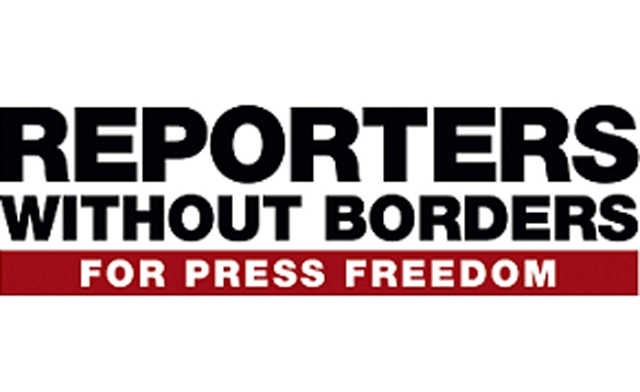
To mark Inter national Day to End Impunity, which is being celebrated for the third year running on 23 November, Reporters Without Borders is publishing 10 portraits of journalists and bloggers whose murders have not been so
lved or have not led to the conviction of their perpetrators and instigators.
Acts of violence against journalists and other news providers are attacks not only on the victims themselves but also on freedom of expression, the right to inform and its corollary, the right to receive information. In the vast majority of cases, physical attacks on journalists and murders of journalist go completely unpunished.
Around 700 journalists have been killed in connection with their work in the past 10 years. In its 2012 annual round-up, Reporters Without Borders condemned last year’s carnage of news providers, in which a total of 88 journalists and 47 citizen-journalists were killed.
This is devastating. The impunity enjoyed by those responsible for this bloodshed encourages them to continue violating human rights and freedom of information. And it creates a climate of fear and uncertainty for journalists that fosters self-censorship.
The ten portraits presented by Reporters Without Borders today try to put names and faces to these tragic statistics and to give an idea of the scale and form that impunity can take in these murders. Whether the victims of execution-style killings, car-bombs or death under torture, all these journalists and bloggers are now the victims of the same evil.
They were targeted for covering corruption or drug trafficking, criticizing government officials or intelligence agencies, or denouncing human rights abuses. Some cases have become emblematic, others are less known.
Those responsible take many different forms and include governments, armed groups and hired killers. Their murders resulted in total or partial impunity. Investigations were sometimes launched only to turn into smokescreens. In some cases, the perpetrators were arrested but instigators were not touched.
Samir Kassir – Lebanon
Syed Saleem Shahzad – Pakistan





